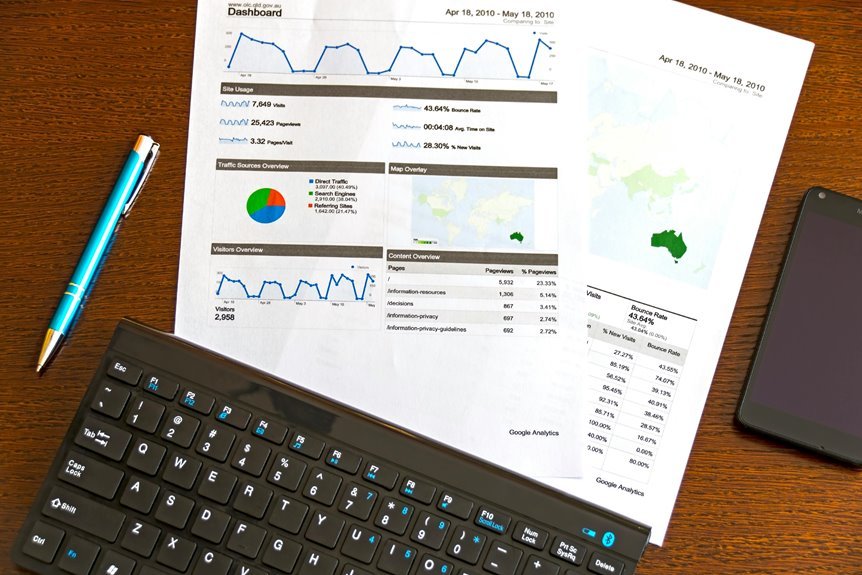Caller Data Insights: 3329002148, 3329002157, 3330164289, 3335343233, 3335565567, 3362760758
Caller data insights from specific numbers provide valuable patterns in communication behavior. Analyzing calls from 3329002148, 3329002157, 3330164289, 3335343233, 3335565567, and 3362760758 can reveal trends that inform outreach strategies. Understanding peak calling times and customer preferences may enhance service effectiveness. Such insights prompt further investigation into how businesses can optimize their resources. The implications of these findings extend beyond mere statistics, leading to potential shifts in engagement practices.
Overview of Caller Data Patterns
As organizations increasingly rely on telecommunications data, understanding caller data patterns becomes essential for optimizing communication strategies.
Analyzing caller behavior reveals significant data trends that can inform decision-making. By identifying peak calling times, call durations, and frequency, organizations can tailor their outreach efforts, enhance customer engagement, and allocate resources effectively.
Ultimately, this fosters a more efficient and responsive communication environment that respects individual autonomy.
Analyzing Specific Phone Numbers
How can organizations effectively leverage the analysis of specific phone numbers to enhance their communication strategies?
By employing caller identification techniques, organizations can discern number trends that inform customer preferences and behaviors.
This data-driven approach allows for targeted outreach, improved customer service, and refined marketing strategies, ultimately fostering stronger relationships and more effective communication with their audience while respecting individual privacy.
Implications for Businesses and Individuals
While the analysis of caller data presents significant opportunities for organizations, it also raises important implications for both businesses and individuals.
Caller privacy becomes paramount, as breaches can undermine consumer trust. Effective data security measures are essential to protect sensitive information.
Additionally, leveraging caller data for fraud detection can enhance safety, but it must be balanced with ethical considerations to maintain public confidence.
Conclusion
In conclusion, the analysis of caller data highlights key patterns that inform strategic decision-making. By understanding peak calling times, optimizing resource allocation, and tailoring outreach strategies, businesses can enhance customer service and communication efficacy. Furthermore, recognizing caller preferences fosters trust and strengthens relationships, ultimately benefiting both organizations and individuals. As data-driven insights continue to shape communication practices, the importance of privacy and security remains paramount, ensuring a balanced approach to engagement and service delivery.






